Top Class Actions’s website and social media posts use affiliate links. If you make a purchase using such links, we may receive a commission, but it will not result in any additional charges to you. Please review our Affiliate Link Disclosure for more information.
Evenflo’s Big Kid booster seat was falsely advertised as being “side impact tested” and safe for children who weigh at least 40 pounds, according to a recent class action lawsuit filed in the Superior Court of Québec in Montreal.
However, these representations were allegedly based on tests that defendants Evenflo Company Inc. and Goodbaby Canada Inc. created themselves, which were unrelated to the forces at play in side-impact collisions.
According to the Big Kid booster seat class action lawsuit, legitimate scientific testing shows that the booster seats “provide dubious benefit to children involved in side-impact collisions.”
Plaintiff E. Lombard says these false representations induced consumers into buying booster seats that fail to live up to their reasonable expectations.
A side-impact collision is a type of vehicle crash in which the side of a vehicle is impacted. Side-impact collisions may occur in intersections, parking lots, and multi-lane roadways.
“Side-impact collisions are a serious automotive injury problem and have been shown to have higher rates of death and serious injury,” the Big Kid booster seat class action lawsuit says. “An occupant on the struck side of a vehicle may sustain far more severe injuries than an otherwise similar front or rear collision crash.”
Children are especially at risk if they are involved in a side-impact collision. According to the Big Kid booster seat class action lawsuit, serious injuries can occur even in minor accidents. Side-impact collisions are reportedly more likely to cause significant harm, such as traumatic brain injuries and spinal injuries.
There are three styles of car seats designed for children: rear-facing, forward-facing and booster. While rear-facing and forward-facing car seats utilize their own five-point harness to keep the child secure, booster seats are used in conjunction with the vehicle’s built-in seat belt.
“To deliver its full safety benefit in a crash, an adult seat belt must remain on the strong parts of a child’s body, i.e. across the middle of the shoulder and the upper thighs,” the Big Kid booster seat class action lawsuit says. “Even if young children are tall enough for a belt to reach their shoulders, they rarely sit upright for long and often wriggle out of position.”
Five-point harnesses, on the other hand, secure a child’s hips and shoulders in such a manner that crash forces will be dispersed to reduce likelihood of injury and the child will be less likely to be ejected from the seat.
Child seat laws vary by province, but the laws are all intended to prevent injury by ensuring children are properly and safely restrained while in a vehicle. Under federal law, a child must be at least 40 pounds to use a booster seat.
“There are no federal regulations for booster seats in side-impact crashes,” the Big Kid booster seat class action lawsuit states. “So Evenflo made up its own test and passed itself.”
The plaintiff asserts that Evenflo launched the Big Kid booster seat in the early 2000s to compete with Graco’s TurboBooster. Evenflo sought to develop a booster seat that was similar to the TurboBooster but priced about $10 less.
When Graco continued to outsell Evenflo, the company revamped the design of its Big Kid booster seat to include side wings to increase the “perceived side protection.” However, the class action lawsuit asserts that these side wings have no benefit, and Evenflo’s own side-impact safety testing also showed no difference in safety compared to the older version.
“As part of its quest to gain an upper hand on Graco and to enhance the perceived safety of the Big Kid booster seat, Evenflo also began to ‘test’ the side-impact crashworthiness of its new Big Kid booster seat prior to its 2008 release — absent a federal standard, Evenflo made up its own rules,” the Big Kid booster seat class action lawsuit says.
Evenflo’s “rigorous” side-impact crash testing simply requires a technician to indicate by checking “yes” or “no” if a dummy stayed in the booster seat during the crash test or fell to the floor. The only other way to potentially fail the test according to the class action lawsuit is if the booster seat breaks into pieces during the test.
The plaintiff asserts that Evenflo’s test is “impossible to fail” and therefore “completely and utterly meaningless.” He claims that no responsible parent or guardian would have purchased the Big Kid booster seat if Evenflo had disclosed its method of side-impact testing.
At a minimum, the defendants should be required to recall the Big Kid booster seats and refund the purchase price, the plaintiff argues. The Big Kid booster seat class action lawsuit also suggests the defendants should pay punitive damages to all eligible Class Members.
What do you think about this Big Kid booster seat class action lawsuit? Is it fair for companies to make up their own test to certify a product? Tell us your opinion in the comment section below!
The plaintiff is represented by Andrea Grass of Consumer Law Group Inc.
The Big Kid Booster Seat Class Action Lawsuit is E. Lombard v. Evenflo Company Inc., et al., Case No. 500-06-001049-200, in the Superior Court of Québec, District of Montreal, Canada.
ATTORNEY ADVERTISING
Top Class Actions is a Proud Member of the American Bar Association
LEGAL INFORMATION IS NOT LEGAL ADVICE
Top Class Actions Legal Statement
©2008 – 2024 Top Class Actions® LLC
Various Trademarks held by their respective owners
This website is not intended for viewing or usage by European Union citizens.



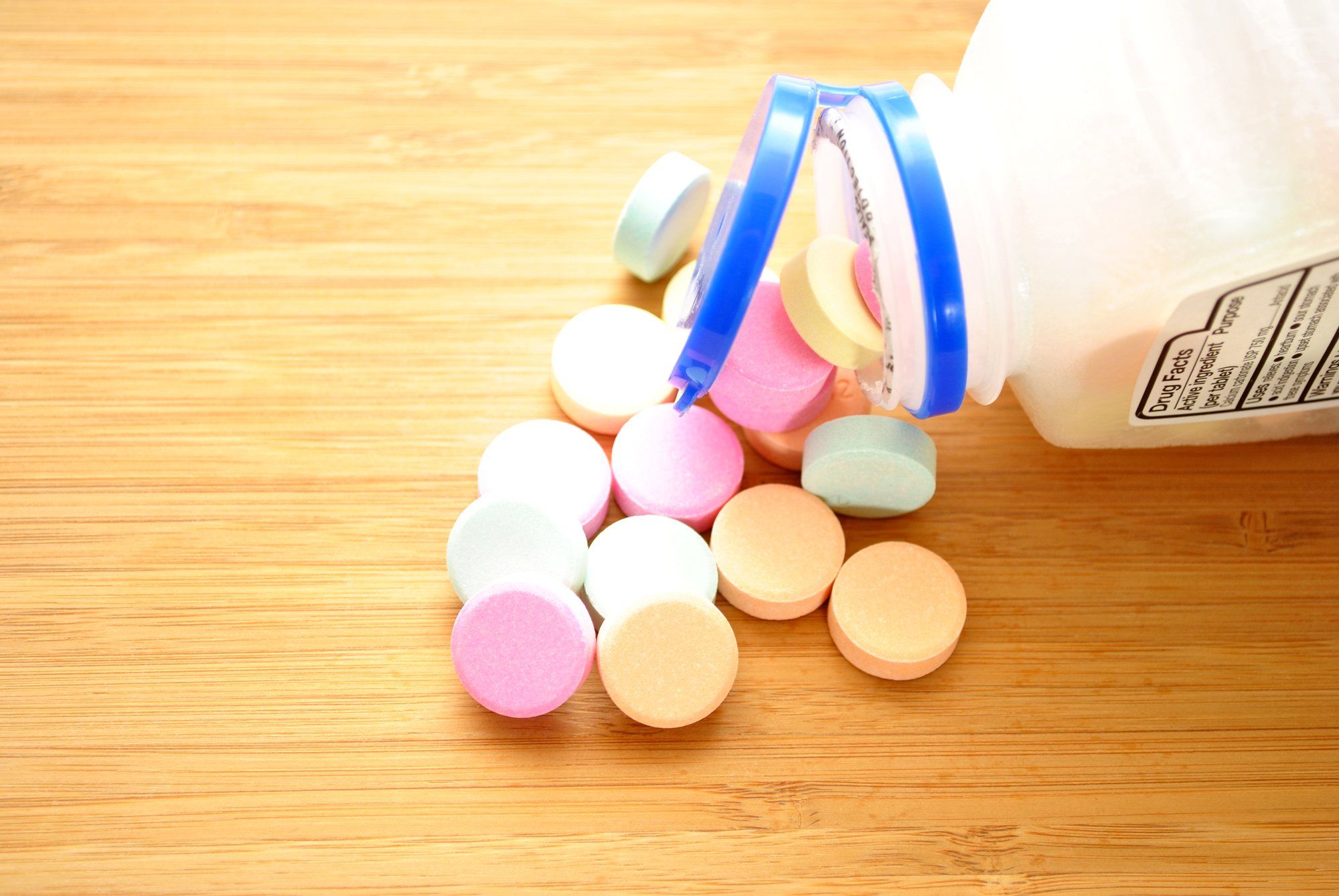
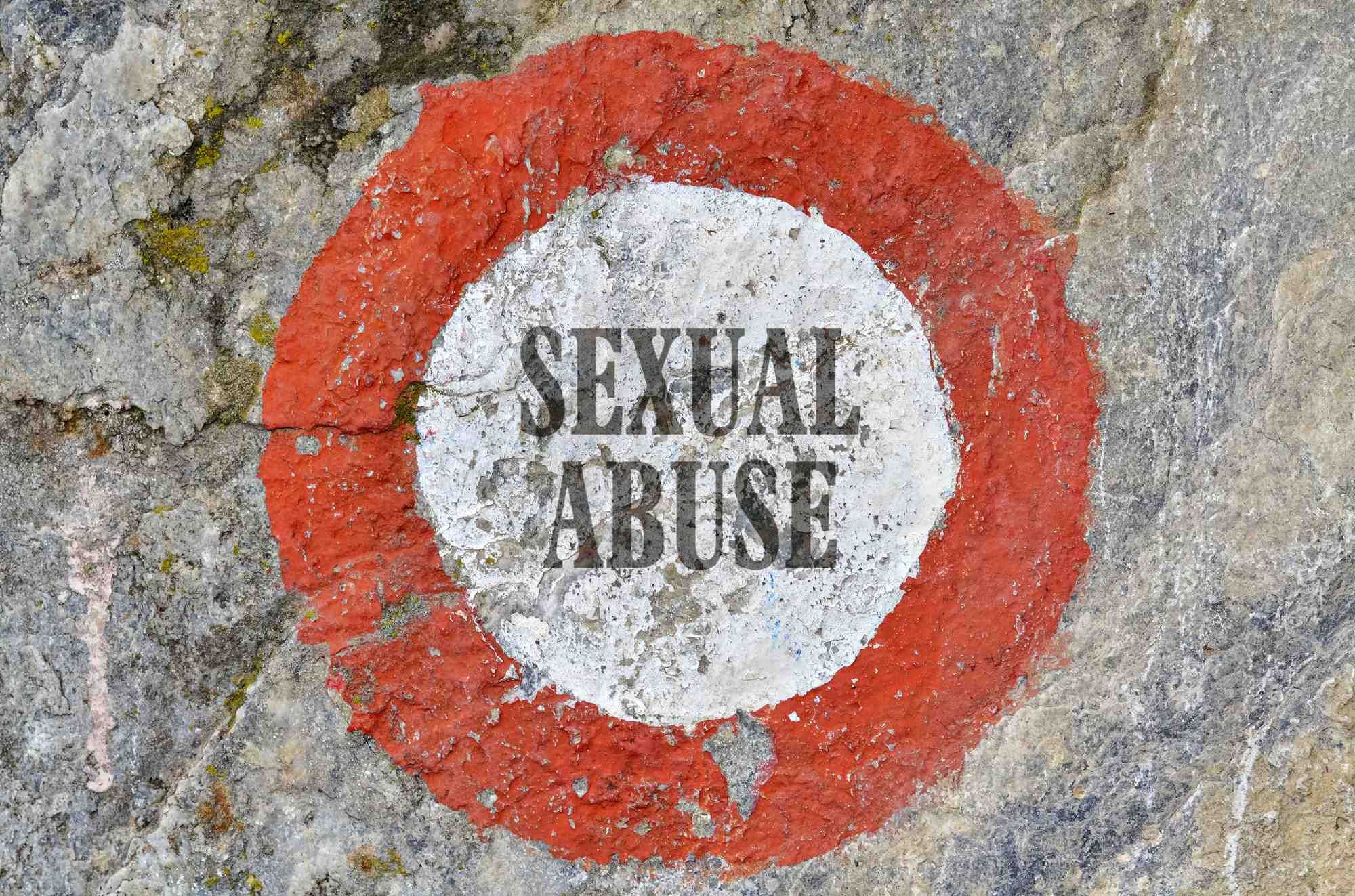
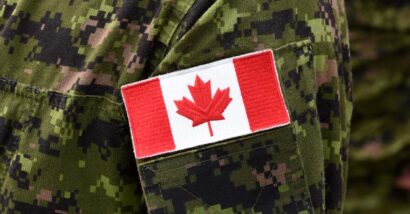
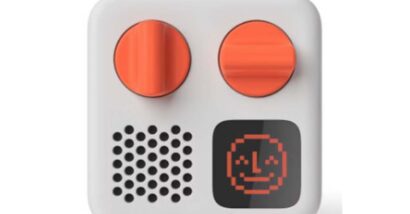
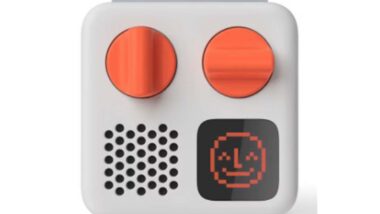
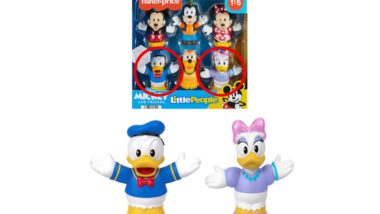
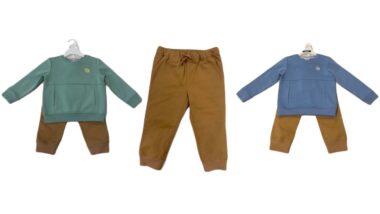

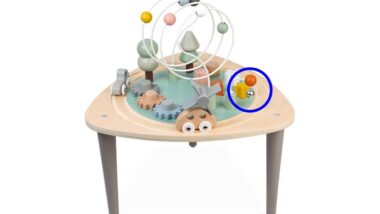






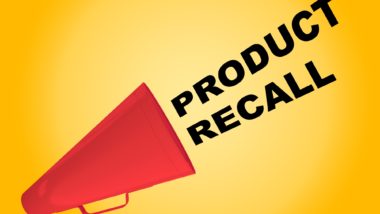
One thought on Big Kid Booster Seat Class Action Lawsuit Claims False Advertising
Please add me